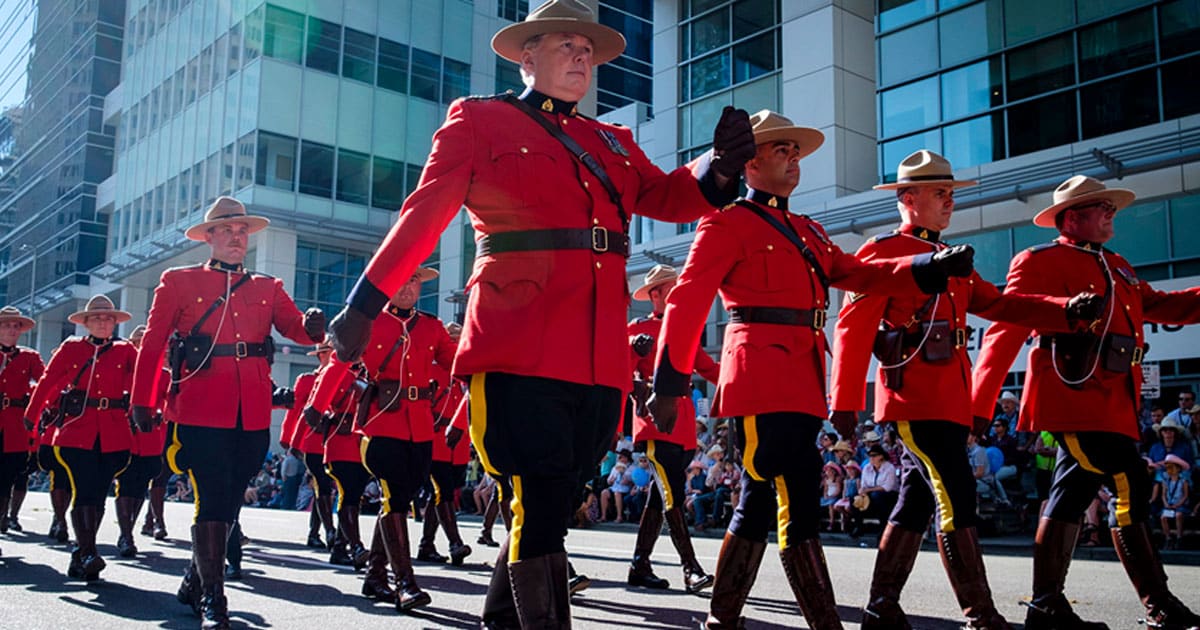
The sweeping action was spawned in May 2020, and the federal government described in onerous terms its reasoning for such a move. These semiautomatic firearms, according to Ottawa, possess an “inherent deadliness” that does not belong in the hands of the public.
In fact, the government proclaimed they merely exist “for military or paramilitary purposes with the capability of injuring, immobilizing or killing humans in large numbers within a short period of time.”
Against this backdrop, however, the amnesty period built into the confiscation program has once again been extended.
Late last week, in an unusually quiet announcement, Prime Minister Justin Trudeau’s government whispered the news that the still-developing program stalled again. The amnesty period was set to expire at the end of October, but that is now put off until Oct. 30, 2025.
Wednesday’s development was welcomed by the Canadian Sporting Arms and Ammunition Association. This is the group that is reluctantly working with the federal government on collecting data on retailers.
Organization leaders said on their website that it recommended the new two-year extension of amnesty.
This latest move should hardly be surprising considering the trouble surrounding the program since it was announced. The cumbersome edict covers more than 1,500 models of weapons that were hastily thrown together without rhyme or reason as to how one firearm differs from another.
The first sign of trouble came quickly.
Trudeau sidestepped normal constitutional procedure when he completely bypassed Parliament in 2020 to announce the confiscation program. This, of course, merely targeted law-abiding citizens due to the demonstrable fact that criminals are not going to simply hand over their weapons.
The prime minister’s unilateral ban took effect immediately. It was a circus of poor preparation as the proclamation demonstrated. The Canadian government would compensate gun owners if their weapons were delivered to a police officer.
But that program did not in fact exist. Therefore, the “promise” was made to pay back these dutiful citizens at a future date.
Nothing was in place to fairly institute this controversial program. So, when the initial amnesty expired on April 30, 2022, officials were left scrambling to hastily extend the amnesty period through the end of this month.
Certainly there are many Canadians who, against their better judgment, are willing to go along with the law and hand over their weapons. But the Trudeau government’s incompetence was again exposed in this ill-conceived “assault weapon” ban, the so-called “Firearms Buyback Program.”
If a gun owner checks for the latest update on its website, they only find that “program design” is “underway.”
This is hardly the way to institute a program that carries a cost of an estimated hundreds of millions of dollars.
Earlier this year, “phase one” was finally implemented. This part of Trudeau’s grand plan affected the gun industry and licensed dealers, not individual owners of firearms.
Industry representatives were to collect data from retailers to determine their inventory levels and values. No confiscation or buybacks are currently being implemented, just determining how many weapons are held by businesses that Canadian taxpayers will be on the hook for purchasing from them.
So, how have Canadian criminals responded to this program designed to keep citizens safe? The nation’s homicide rate soared last year to a level unseen since 1992. And violent crime is higher than at any time since 2007.
Make no mistake. Anti-gun forces in the U.S. are closely watching developments north of the border. What they should learn is that such a program is nearly impossible to roll out, and the better course of action is to protect gun rights for law-abiding citizens.
